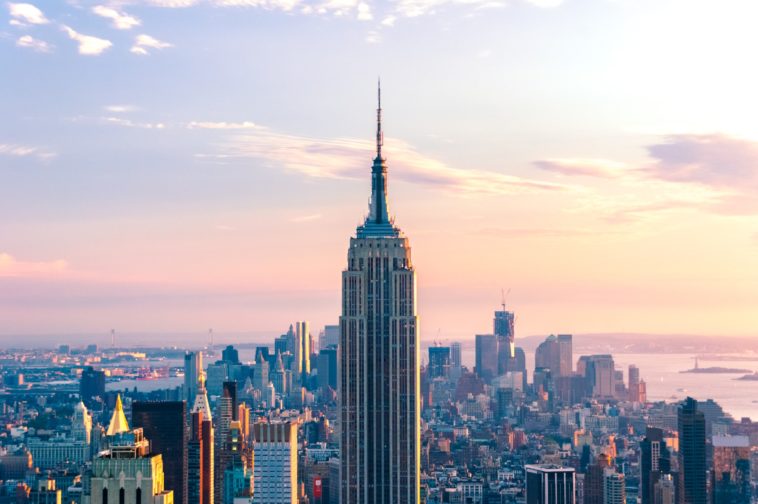Construction for the Empire State Building began on March 17, 1930, amidst the Great Depression. Despite the economic hardship of the era, the construction crew, led by contractors Starrett Brothers and Eken, remarkably completed the building in just over a year—on April 11, 1931. The building was officially opened on May 1, 1931, by President Herbert Hoover, who turned on its lights with the push of a button from Washington, D.C.
Architectural Style and Influences
Designed in the Art Deco style by architects Shreve, Lamb & Harmon, the Empire State Building represents an era marked by intricate detailing, symmetrical designs, and a celebration of modernity. The building’s façade is constructed primarily of Indiana limestone and features a series of setbacks that were designed in accordance with the city’s zoning laws at the time, aimed at allowing more natural light to reach the streets below.
Features and Amenities
Inside, the Empire State Building offers a plethora of amenities, including office spaces, broadcasting facilities, and even an art gallery. However, what draws millions of visitors annually is the Observatory Experience, which consists of an indoor and outdoor observation deck on the 86th floor and a more recent addition of a second deck on the 102nd floor. From these vantage points, visitors can revel in breathtaking 360-degree views of the New York City skyline.
Cultural Significance
Over the decades, the Empire State Building has featured prominently in popular culture, appearing in numerous movies, TV shows, and photographs. One of its most iconic moments was in the 1933 film “King Kong,” where the titular character scales the building. The skyscraper has also served as a symbol of American resilience, particularly after the 9/11 attacks when it once again became the tallest building in New York City until One World Trade Center was completed.
Environmental Efforts
In recent years, the building has undergone a series of renovations aimed at making it more energy-efficient. In 2009, a $550 million retrofitting project was launched to update the building’s windows, heating, ventilating, and air conditioning systems, among other improvements. These initiatives have earned the building a gold Leadership in Energy and Environmental Design (LEED) certification, making it a model for sustainable practices in modern skyscraper design.
Global Recognition
The Empire State Building’s fame isn’t limited to the United States; it’s a universally recognized symbol of architectural prowess and American ingenuity. In 1986, it was designated as a National Historic Landmark and has received numerous awards and honors over the years, underlining its enduring significance.
In summary, the Empire State Building is much more than a tall structure looming over Manhattan; it’s a cultural, architectural, and historical icon that embodies the spirit of New York and stands as a testament to human achievement.





